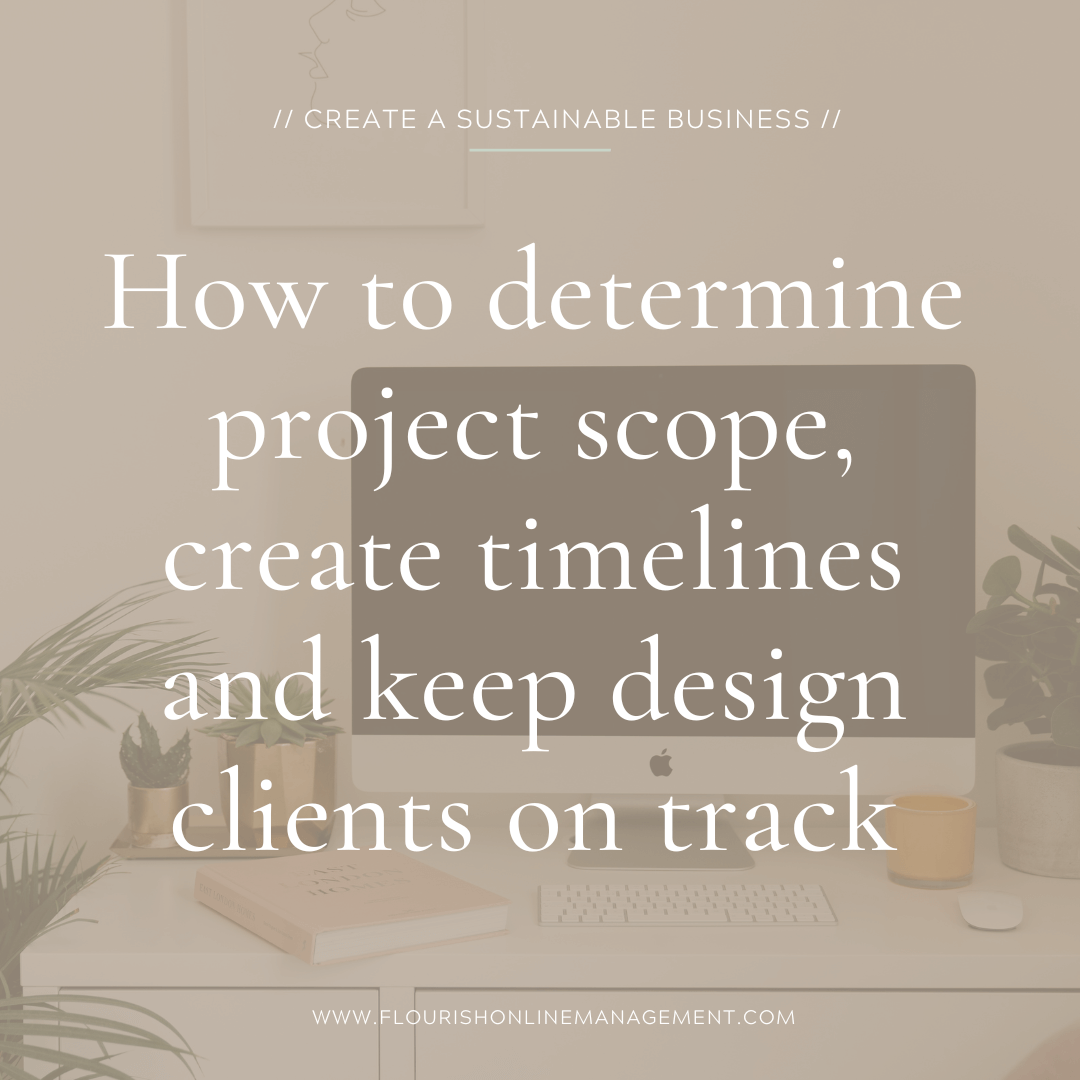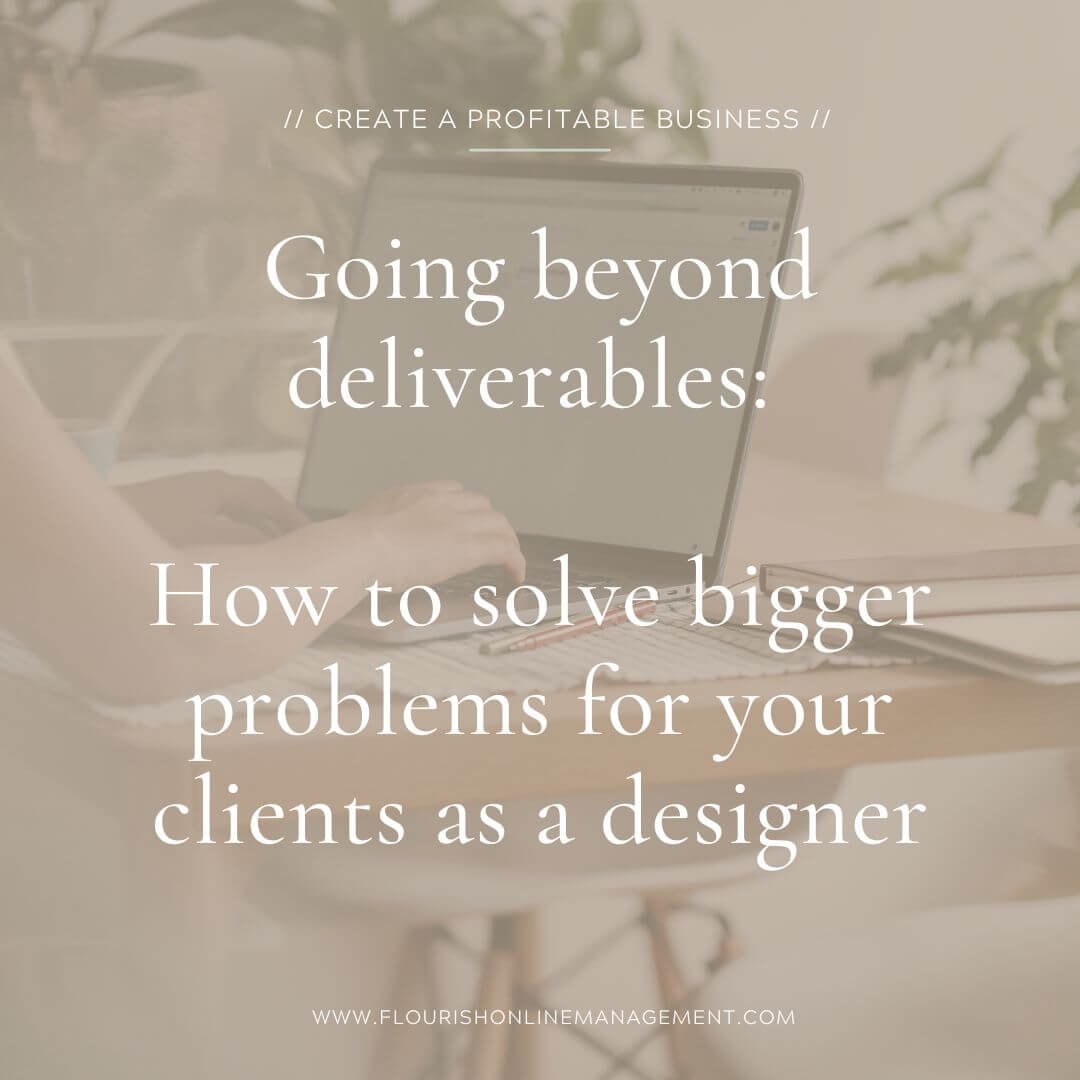What is the difference between brand discovery and brand strategy
There is so much overlap in terms when it comes to brand, branding, brand strategy and marketing which can lead to a lot of confusion. Not only for you as the designer but also for our clients.
I believe this confusion comes from the word strategy.
Designers, along with website designers, marketing strategists, and copywriters, often use terms like intentional, authentic, strategic, or purposeful design in their messaging.
The results these service providers are achieving for clients is for them to show their expertise, look more professional and attract dream clients. While these terms effectively convey how you can assist your clients, the challenge arises when everyone in the field seems to say the same thing.
How can you stand out?
In the past years, there has been a noticeable shift as more designers have embraced the term "brand strategy."
This shift comes with the realisation that offering brand strategy allows you to charge more, as you are providing additional value. As a result, many designers have adopted the title of brand strategist and called a section of their process brand strategy.
My question for you is: Are you really offering brand strategy? Or is it 'just' brand discovery?
A quick hint: a 90-minute call is not brand strategy, and neither is making a fancy InDesign slide deck based on your client's current strategy.
^^ That's why in this blog we're looking at the difference between brand discovery and brand strategy so that you can make sure, it's very clear for your clients what they can expect from your services.
In this blog, you’ll learn:
What brand discovery and brand strategy is
Where the confusion between the two comes from
And why the difference between brand discovery and brand strategy matters to you, as a designer
Let's start with some definitions
What distinguishes your business, your brand, and your branding?
Your business is the organisation that offers services
Your brand is what people say about you (how clients perceive your business)
Branding is you intentionally influencing what people say about you
So, how can you intentionally shape the perception of your business?
Through creating a brand strategy (done by the brand strategist) that establishes the base of your business; your foundation.
And through your visual brand identity (done by the brand designer), which is the look and feel, that will help you express what your brand is about. So this is the visual representation of your brand strategy
This difference between brand discovery and a brand strategy might already be more clear, but let's explore it a bit further.
What is brand strategy?
It's a service provided by a brand strategist, aimed at helping clients develop the foundation of their business.
A brand strategist assists clients in developing:
Internal brand: purpose or why, vision, mission, goals and values
Ideal Client: who are they? What kind of help are they looking for? How are they talking about their struggles?
Brand positioning: who is already targeting your ideal clients (competitors), what is the difference between them and you and how can you position yourself so that you can connect with your ideal client better than your competitors
Brand character: what is your brand's personality and voice?
Brand messaging: how do you talk to your ideal clients so that they resonate with your message?
Once these aspects are clear, a brand strategist's client has gained more clarity, confidence, focus, and direction. They'll understand their target audience and how to communicate effectively. This clarity guides their investment decisions, as they will have a clear strategy to boost their brand awareness and convert clients.
What is brand discovery?
It's a component of the client process used by brand and website designers to delve into their client's business.
Brand discovery involves asking questions such as:
Tell me about your company like we just met and I don't know anything about your industry
What is the mission and vision of your business?
What are your personal and business goals? Are there any deadlines?
What do you want your brand to represent? How do you want to be positioned?
What products/services are you selling? What would you like to offer in the future?
Who are your competitors? What do they do well? What don't they do well?
What are you struggling with within your business?
Once the designer has the answers to these questions, they will use this to inform the creation of a visual brand identity, or website. In the end, the client walks away with a brand or website design that is created to resonate with their ideal client.
What is the difference between brand discovery and a brand strategy?
The key difference lies in the word "develop."
In the section above about brand strategy, I mentioned that brand strategists assist their clients in developing their brand strategy.
Let's look at a couple of examples to illustrate this difference:
Ideal Client
Designer: When you ask your clients the question of who their ideal client is they will need to tell you about the demographics & psychographics of their ideal client, what their goals are and who their ideal clients are. The focus is on how your client and their services address these challenges.
Brand Strategist: As a brand strategist you will work with your client to develop their ideal client. You will delve into identifying who these clients are, their demographics, psychographics, goals, and previous unsuccessful attempts to solve their struggles and conduct market research to understand how they articulate their struggles.
Brand Positioning
Designer: When you ask your clients the question of what their positioning is they will need to tell you what their main selling point is and how this is different from others who offer similar services.
Brand Strategist: For a brand strategist developing brand positioning, the process involves competitor research to identify those already addressing the ideal client's issues. This research informs the strategist about current practices and market gaps. Based on this information, the foundational elements of their business like mission, vision and values and what their ideal client is looking for will be combined to determine the positioning.
These examples highlight that a brand strategist aids clients in developing their brand strategy, while in a brand discovery session, a designer needs to be informed of the strategy rather than actively participating in its development.
Where does the confusion come from?
What's causing the confusion in this situation? In my view, there are two main reasons for this confusion.
Firstly, there's a multitude of terms used for various stages in the client process. To clear things up:
I believe the reason for this confusion is 2 fold. One on hand there are a lot of terms that are used for different steps of the client process. As an example:
Discovery call: Often used to get to know a potential client before working together.
Brand discovery:
Designer: Often the first call after deciding to work together is for the designer to get all the information needed to start the project.
Brand Strategist: A brand strategist might also designate a phase of their process as brand discovery. This involves understanding the existing elements before developing a long-term strategy to help the client's business achieve its objectives.
This can be quite confusing for your clients so an option here is to call the sales call a consultation call, and the first call or process after you've booked a client brand discovery.
On the other hand, the confusion arises from the term "strategy." As mentioned above, more and more designers started to adopt the title of brand strategists and added "brand strategy" into their processes.
Are there designers who help their clients with the development of their strategy and then use it to design the brand or website?
Absolutely.
I used to do this as well, and I think this is a great service as your clients can keep working with the same person, there is no risk of information loss because they need to fill someone else in on their strategy.
But are there designers who say they offer brand strategy but don't help with the development? Yes, absolutely.
So why is this difference so important for you?
Why is this difference important for you, as a designer?
You may offer different packages, but they are most likely offering a similar end result. Like when you offer template customisation and a fully customised website.
Consider this scenario: You have a potential client in need of a website and they are exploring your packages, this includes an option for branding, website, and a combination of brand + web. All of the packages include brand strategy.
They opt for the middle-priced package, the website package.
However, during your brand discovery session with the client, it becomes evident that they also require branding as there are no brand guidelines. Additionally, they lack a clear understanding of their ideal client, making copywriting a challenge for them.
The challenge here is that we often assume clients know precisely what they need and will select the right package.
More often than not, they know what they want—like a new website in this case.
But they don't know what they need; branding for you to be able to design the website, and a clear brand strategy to write appropriate copy.
This situation then requires you to work with the client to identify their ideal clients and determine an appealing colour palette before initiating the website design.
This can lead to frustration on your end due to the shifted project scope, resulting in a longer timeline and you're not getting paid for this additional work. Plus, you might not feel comfortable guiding clients in discovering their ideal client.
For the client, this can be frustrating too, as they expected assistance with ideal client identification and colour choices, as the package mentioned it included brand strategy.
Clarity is crucial for both parties
What to do now:
Step 1: Determine if you want to offer brand strategy or not. There is no right or wrong here, it all depends on what you like to offer. One thing though: if you want to offer 5K+ projects, you'll most likely want to include brand strategy into your packages.
Step 2: Charge appropriately. If you do offer brand strategy, you need to extend your timeline and increase your pricing. A 90-minute call is not brand strategy, neither is making a fancy InDesign slide deck based on your client's current strategy. Think 4-hour brand discovery call, at least 1 week of market and competitor research (this will depend on the client) and a 4-hour brand strategy call. Plus another few weeks to develop the complete strategy and present it to the client.
Step 3: Clearly (and honestly) describe what each of your packages includes to manage expectations.
I hope by now it's clear what the difference is between brand discovery and brand strategy and why this is important for both you, as the designer, and for your clients.
If you thought this post you might also like:



































